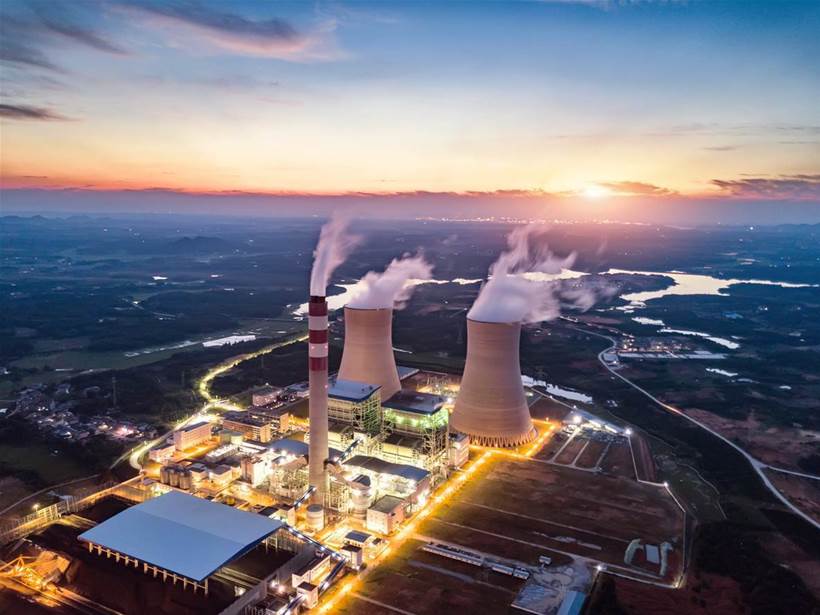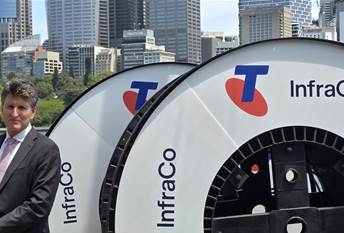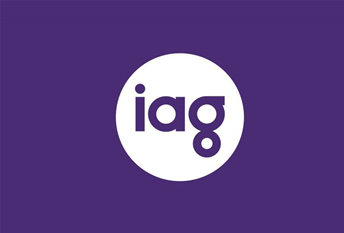Microsoft today announced new efforts to reduce carbon emissions, which will involve its internal operations, partnerships, supply chain, customers’ use of AI and IoT and regulatory advocacy.
It aims to become carbon negative by 2030, which would require it to remove more carbon from the environment than it creates.
“Like most carbon-neutral companies, Microsoft has achieved carbon neutrality primarily by investing in offsets that primarily avoid emissions instead of removing carbon that has already been emitted. That’s why we’re shifting our focus. In short, neutral is not enough to address the world’s needs,” stated Microsoft President Brad Smith.
By 2050, Microsoft aims to go further by removing all the carbon from the environment that it has emitted since it was founded in 1975. It plans to achieve this by moving completely to renewable energy, electrifying its campus vehicles, pursuing low carbon building certification and increasing internal carbon taxes paid by its divisions.
Microsoft also plans to look closer at the climate footprint of its supply chain. In 2021, it will also begin making climate reduction an “explicit aspect” of its procurement process.
Backing climate-focussed technology
Microsoft also announced a US$1 billion climate innovation fund to “accelerate the global development of carbon reduction, capture, and removal technologies”, Smith stated.
He said the company will continue investing in carbon monitoring and modelling projects through its AI for Earth program. There have been more than 450 grant recipients so far, in more than 70 countries.
Smith also talked up the role of data science – and Azure, of course – in helping other businesses to reduce their carbon output.
A new Microsoft Sustainability Calculator will enable customers to estimate emissions their Azure workloads are creating. It will also use this as a marketing tool, by helping customers “discover the potential benefits from fully migrating to Azure.” Smith claims this will help businesses report their indirect emissions.
It also plans to provide organisations with “insight” about other categories of emissions relating to all Azure services.
And it is also piloting an Azure IoT Central-based solution for ensuring customers’ green energy usage matches their consumption goals. Through a partnership with European energy company Vattenfall, it allows users to choose their green energy source and compare hourly consumption with usage goals.
Smith also said Microsoft is “committed to pursuing new partnerships” with customers to address carbon reduction – such as previous partnerships with ABB and Johnson Controls on sustainable smart building solutions.
The company will “speak out” about the “need to expand global basic and applied research efforts on carbon”. It also wants to tackle “removal of regulatory barriers to help catalyze markets to enable carbon-reduction technologies to scale more quickly.”
Below is a video featuring Microsoft executives announcing the company's carbon reduction plan:







